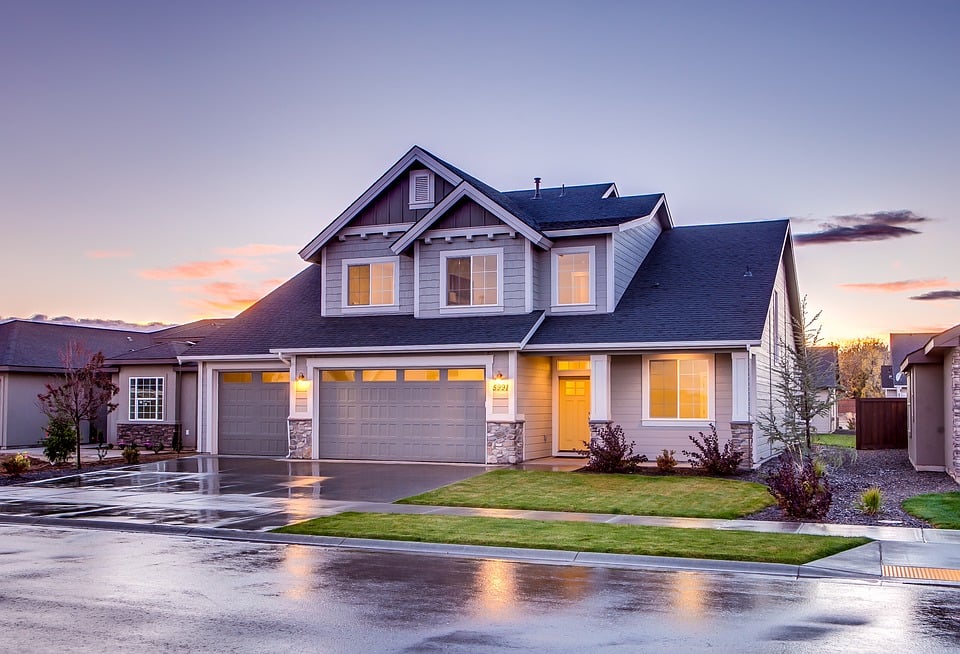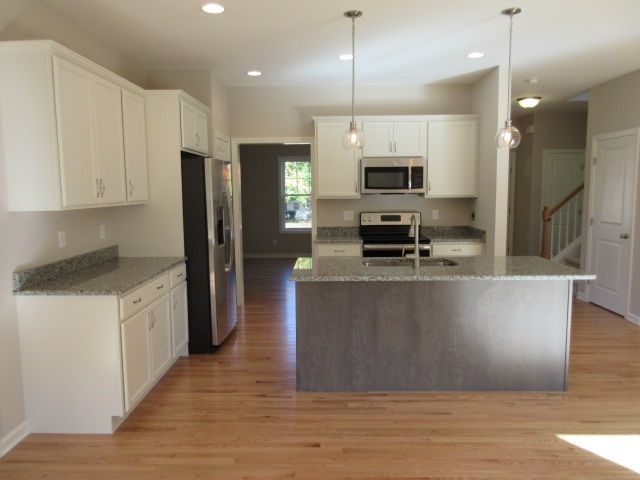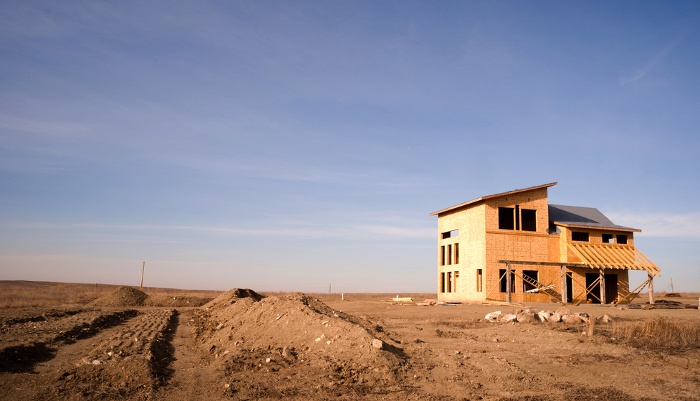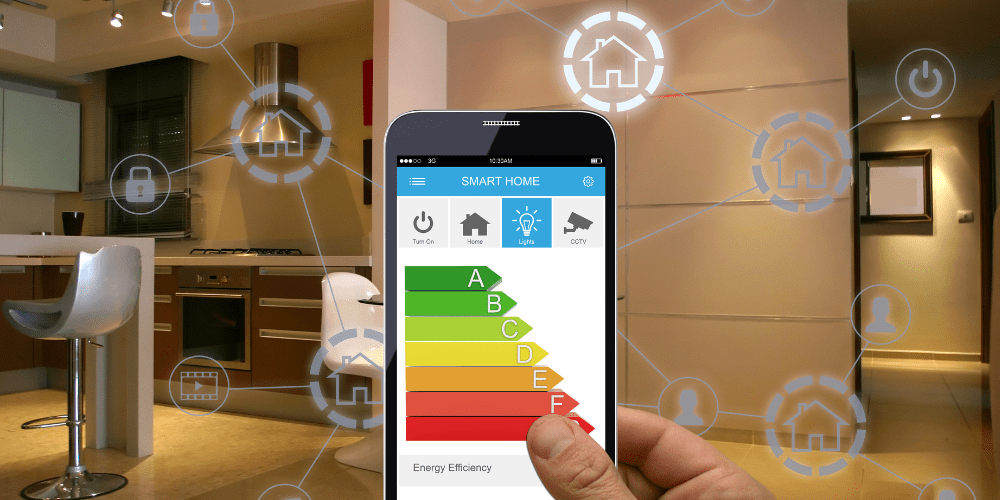Building a Custom Home: Wants vs. Needs
Sometimes there can be a collision when you’re trying to balance the features you want in your new custom home with the budget you’ve set. It can be a little challenging (and even frustrating) when you have to decide what stays in the plan and what has to go. It’s one of the great “conflicts” in building a custom home: Wants vs. needs. How can you identify wants and needs before the building process begins so you can stay within your budget?

Start With a Realistic Budget
The first thing you’ll want to do is set a realistic budget. By realistic, I mean that you’re not setting your limits artificially high (over-budgeting) or artificially low (which can result in cutting corners just to hit the budget). This is one reason it’s important to get your financing lined up before you get too far into the planning. Knowing what kind of loan you qualify for helps you make decisions—and avoid delays when it’s time to start building.
Deciding What’s Most Important
How do you differentiate between “wants” and “needs”? If you have a larger family, you may need more space and more bedrooms. Those are essential things in order for you to be able to live comfortably. You may want 9-foot ceilings because you like the look and feel of the extra visual space, but it’s not absolutely essential. If your budget can’t accommodate both, you’ll probably want to choose extra bedrooms over higher ceilings.
Related: Building the Most Energy Efficient Home With Ekotrope
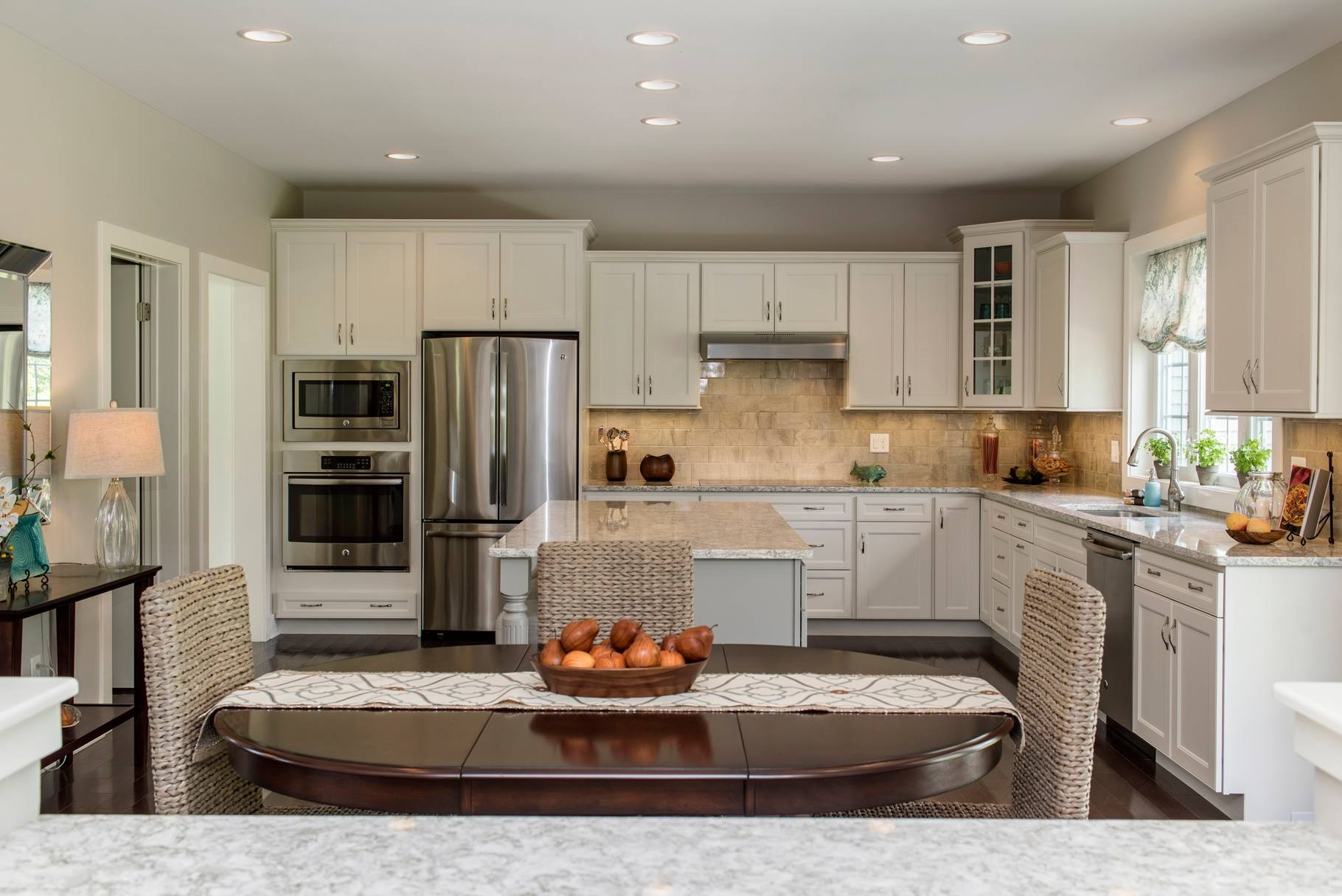
Make Decisions Based on Your Lifestyle
Not everyone uses a home in the same way. Your plan should reflect your lifestyle. If entertaining is a big part of your lifestyle, you’ll want your floor plan to accommodate that. Depending on how you entertain, you might want a bigger kitchen or a larger dining room. If watching movies is a big part of the way you entertain, then you might want to focus on a great media room. Here’s an article that helps you determine where to put your emphasis (and your money).
If You Don’t Need It Does That Mean You Can’t Have It?
Just because you don’t need a particular feature doesn’t mean you have to give it up. It’s simply a matter of priorities. What simply method many homeowners use is to separate home features into three categories: 1) MUST-HAVE features; 2) NICE-TO-HAVE features, and 3) IF MONEY IS NO OBJECT features. It's a simple way to ensure that you don't overlook essentials.
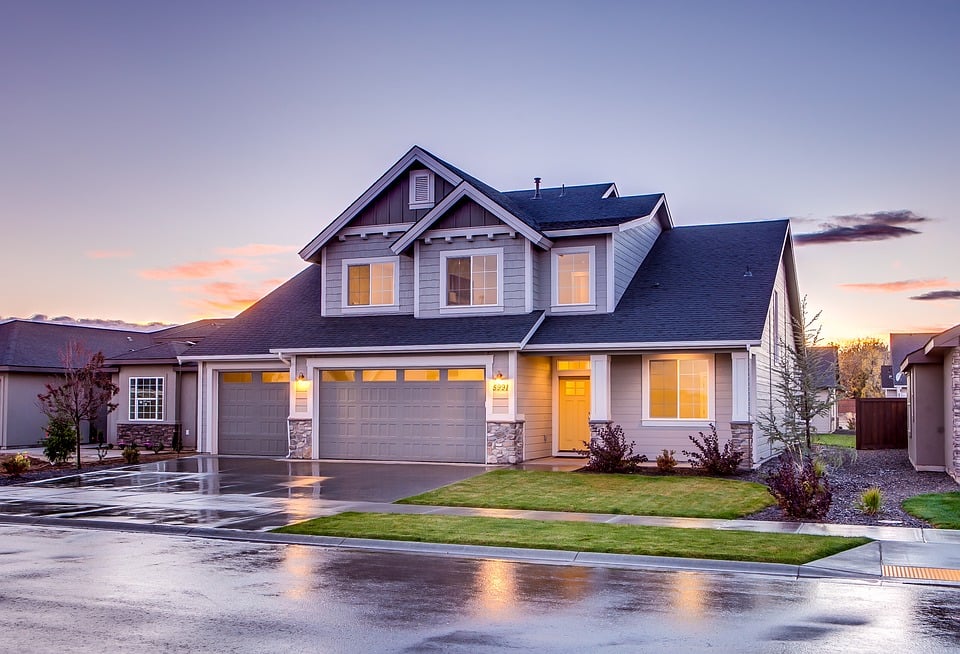
What If You Don’t Need It Right Now (But Might Later)?
Part of coming up with a plan for your home involves anticipating future needs. For example, you might only need three bedrooms right now. But what if you’re planning to work from home in the future? It’s a lot cheaper to build that fourth room now than it will be to add it later. You don’t have to fully finish it now. Constructing it now, however, will save you money later.
Choosing your floor plan with the future in mind is important as well. Maybe stairs are no big issue at the moment, but what about later? Having your master bedroom on the main level can make it easier for you to age-in-place later. That’s important if you plan to stay in your home for a longer time.
Choose Timeless Quality (and Value) Over Fads
What we want can change over time. Styles change. Popular colors vary year-to-year. Even materials (flooring, cabinets, countertops) go in and out of style. When you choose materials or appliances for finishing your home, don't confuse cost with quality. Just because something is high-end doesn’t necessarily mean it delivers more value. You may want something because it’s cool and popular. But what you need is something that will continue to meet your needs and provide comfort and convenience—for the long haul.
If you start with the essentials—the things that reflect your lifestyle and make living at home easier and more enjoyable—you’ll be ahead of the game. Then, if your budget allows it, you can work on those “extra” things that will add even more spice to your life.

